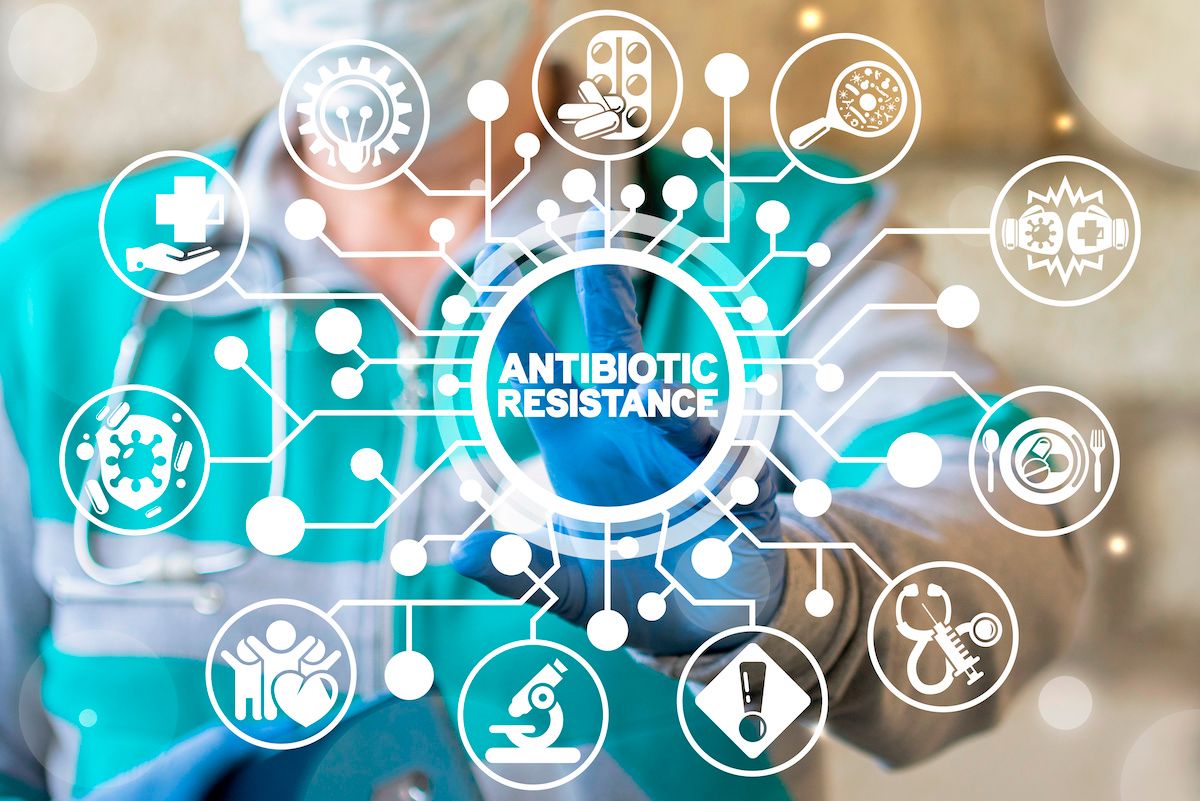News
Article
Teens and THC; drugs causing drowsiness; seeing blood glucose in a new light – Morning Medical Update
Author(s):
The top news stories in medicine today.
© Alena Kryazheva – stock.adobe.com

Last year, an estimated 11% of 12th graders used delta-8-tetrahydrocannabinol, known as delta-8-THC, a psychoactive substance typically derived from hemp, according to the National Institutes of Health (NIH). That’s “a lot of people … at least one or two students in every average-sized high school class who may be using delta-8. We don’t know enough about these drugs, but we see that they are already extremely accessible to teens,” said Nora Volkow, MD, director of the National Institute on Drug Abuse. Find more information in this NIH news release and this original investigation in JAMA.
Most medicines are safe for patients to consume if they need to drive somewhere or operate heavy machinery. But not all of them. The U.S. Food and Drug Administration put out this reminder to patients that some over-the-counter and prescription drugs may cause sleepiness or changes in alertness, impairing their abilities to drive vehicles. It may be a good refresher for physicians too.
Shedding light on blood glucose levels
Devices that measure blood glucose levels need to pierce the skin, right? Maybe not. Japanese researchers are working on a way to use near infrared light and sensors to measure it, according to a new study in the Journal of Biomedical Optics and an accompanying news release.




